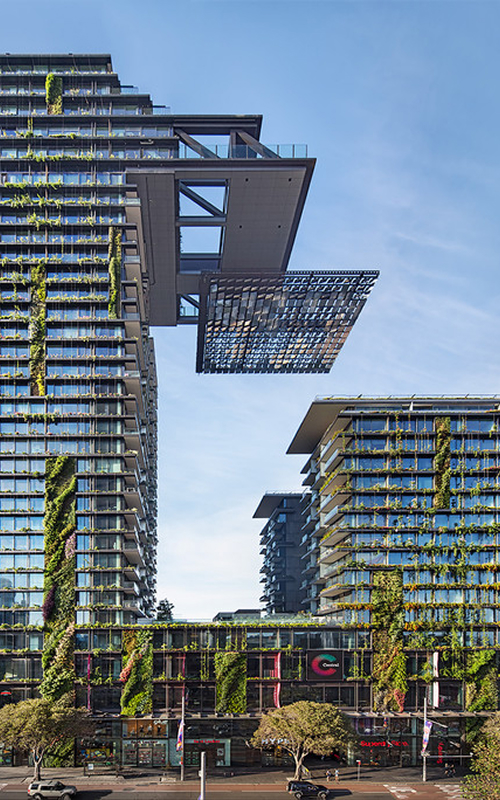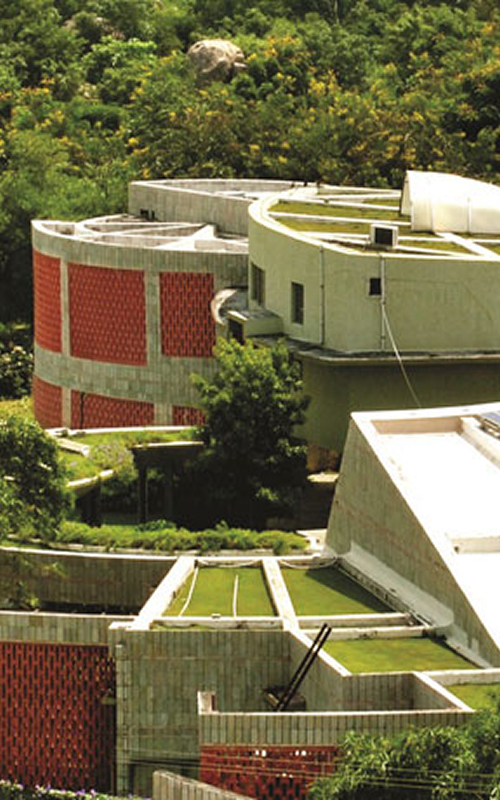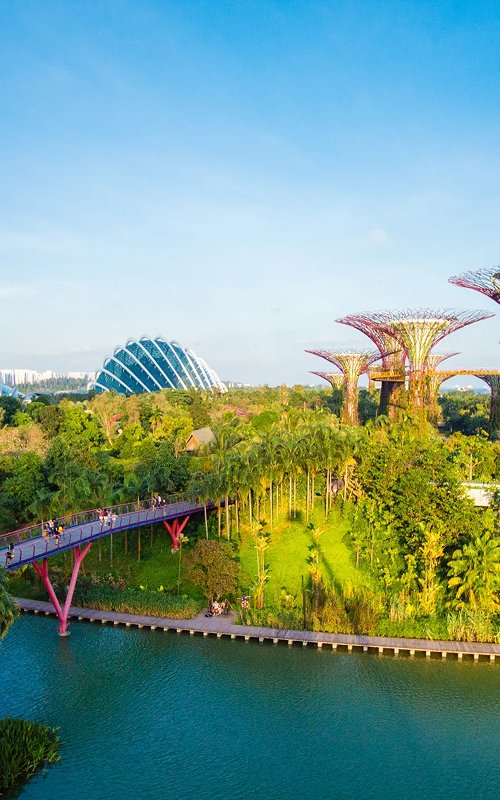In the modern world, where the environment is the most discussed issue in the world, sustainable architecture has become the centre of attention. Architects are being asked more and more to reconsider the design, construction, and use of buildings in terms of both aesthetics and functionality and ecological responsibility. However, although it might appear to be a new invention, sustainable design has a long history that dates back to ancient times.
Sustainability—Timeless Design Principle
Sustainability was a buzzword long before ancient civilisations were doing it. Our ancestors built homes that were intelligent to the weather and the materials available to them. Locally available natural materials such as stone, mud, lime, and wood were commonly used to build the buildings and did not require a lot of energy to process and offered insulation to accommodate seasonal changes.
These ancient techniques varied in their use, be it passive cooling systems in desert architecture or water drainage channels in monsoon-prone areas, but they were effective and sensitive to the environment. City planning in ancient India also had sewage systems and proper water management, even in Mohenjo-Daro, which demonstrates that sustainability was the key to historical design thinking.
Contemporary Sustainability in Architecture
Sustainable design is not an option anymore; it is a necessity nowadays. Climate change, resource shortage, and urban stress have caused architects to rethink how spaces are designed. The result has been a rise in the number of buildings that meet international environmental standards such as LEED, WELL, and GRIHA.
For example:
 Gardens by the Bay
Gardens by the Bay
 Godrej Green Building,
Godrej Green Building,
 Central Park, Australia
Central Park, Australia
Applying green principles to every level of design will demonstrate the possibilities. These buildings are a combination of solar panels, water reuse systems, thermal massing, green roofs, and natural ventilation to reduce their environmental impact.
The Future: The Architect in a New World
The architect is no longer a form-and-function-only person but also an environmental steward. With the growing energy demand in the world and cities being the source of nearly 40% of carbon emissions, the built environment can make a tremendous impact.
The architects will be at the forefront of regenerative, net-zero, and climate-responsive buildings with the wisdom of the past and the technology of the present, including AI. This includes using less energy, harvesting water, using sustainable materials, and designing to be flexible in the long run.
The Future of Sustainability
Sustainable architecture is not a fashion; it is a rediscovery of values that made our cities and homes. The instruments might have changed, but the purpose is still the same: to construct in harmony with nature.
With AI and other intelligent technologies opening up new frontiers of design efficiency, the possibility of genuinely sustainable architecture has never been higher. Architects who combine knowledge with modern innovation won’t just shape better buildings; they’ll shape a better future.

